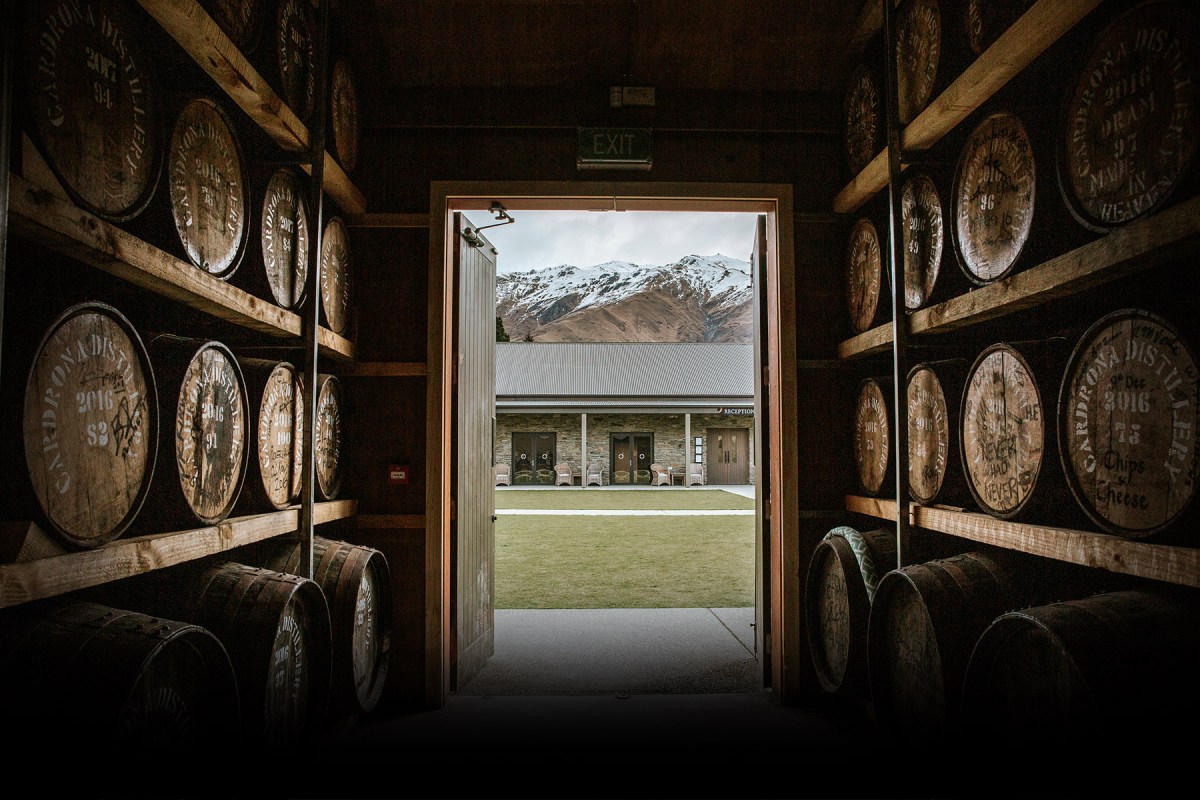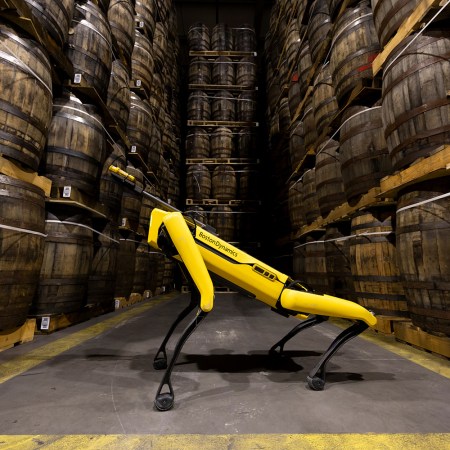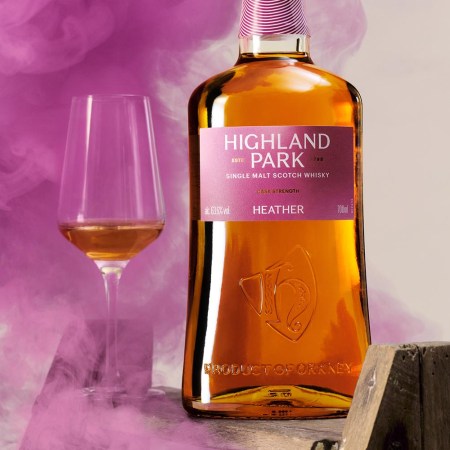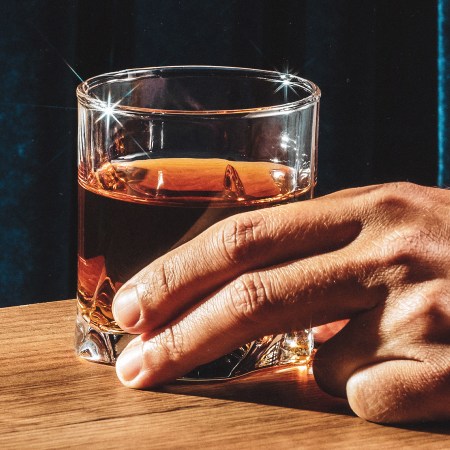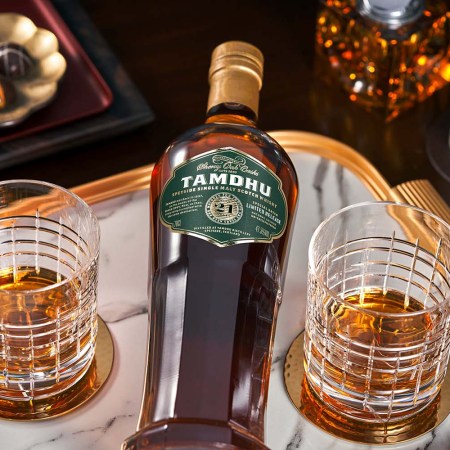What does it take for a nation’s whisky (or whiskey) production to be taken seriously on a global level? One step that can be tremendously meaningful is coming up with standardized definitions for what constitutes whisky from a given region. Think about how bourbon or Scotch aren’t just descriptive — they mean that these spirits were distilled and aged under certain conditions.
Writing at Whisky Advocate, Julia Higgins explored how New Zealand’s nascent whisky industry is beginning to take the next steps towards becoming a significant player. Distilled Spirits Aotearoa, an industry-wide organization, recently issued guidelines defining what could and could not be described as New Zealand single malt whisky and New Zealand whisky.
Desiree Whitaker, founder of Cadrona Distillery, was one of the people involved with coming up with the standards and definitions. “We’ve landed on a nice mix of UK and E.U. standards with these guidelines,” Whitaker told Whisky Advocate. “We’ve taken a bit of both and put them together, and we now have our own unique, New Zealand stamp on whisky.”
As Higgins notes, whisky has had a long history in New Zealand, beginning in 1830. By the late 1990s, however, there were no distilleries left in the country; the last one to remain open, Willowbank, closed in 1997. At present, there are 19 distilleries operating across the country, signifying something of a resurgence — and these new standards suggest bigger things are in the works.
Subscribe here for our free daily newsletter.
Every Thursday, our resident experts see to it that you’re up to date on the latest from the world of drinks. Trend reports, bottle reviews, cocktail recipes and more. Sign up for THE SPILL now.
